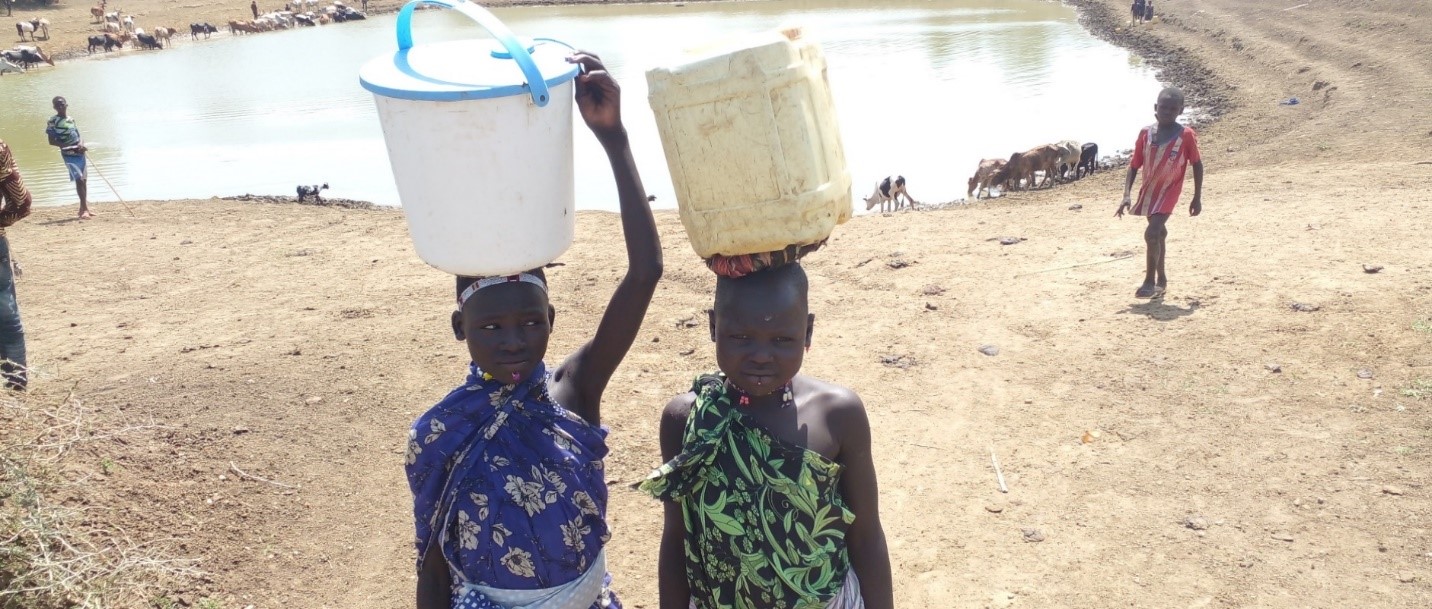- Client: DT-Global
- Location: Kapoeta North County, South Sudan
- Performance Duration: May to June 2022
Under the auspices of DT-Global’s Afia-WASH project, and with financial support from USAID, we conducted a Water, Sanitation, and Hygiene (WASH) needs assessment in Kapoeta North County, South Sudan. The assessment aimed to provide a comprehensive understanding of the ‘s WASH challenges, capturing the perspectives of beneficiaries across different administrative levels—County, Payam, and Boma/Village. Specifically, the assessment targeted five key objectives: 1) to identify existing governance and management structures for water services across various administrative levels, 2) to assess the extent of private sector involvement in WASH initiatives, 3) to evaluate the number, functionality, and geographical distribution of water facilities, 4) to measure the availability of sanitation facilities in schools, health centers, and households, and 5) to estimate the rate of open defecation within the selected counties.
The methodological approach for this WASH Baseline Survey involved a cross-sectional, descriptive study design that employed both qualitative and quantitative research techniques. Quantitative data were gleaned from a household and WASH facilities survey, while qualitative insights were obtained through Key Informant Interviews (KIIs) and Focus Group Discussions (FGDs). The participant pool included heads of households or other adult members, representatives from Non-Governmental Organizations (NGOs), Civil Society Organizations (CSOs), County WASH Departments, and local government officials. Purposive sampling was used to select participants based on their relevance and familiarity with the assessment themes.
The sample size was pre-defined by DT-Global, consisting of 400 respondents for the household survey, six participants for KIIs, and six FGDs with six to eight participants each. Despite these guidelines, the assessment team was able to exceed expectations by interviewing a total of 508 respondents for the household survey. Additionally, the team engaged five local government leaders and four representatives from CSOs, and conducted seven FGDs involving 49 respondents.

